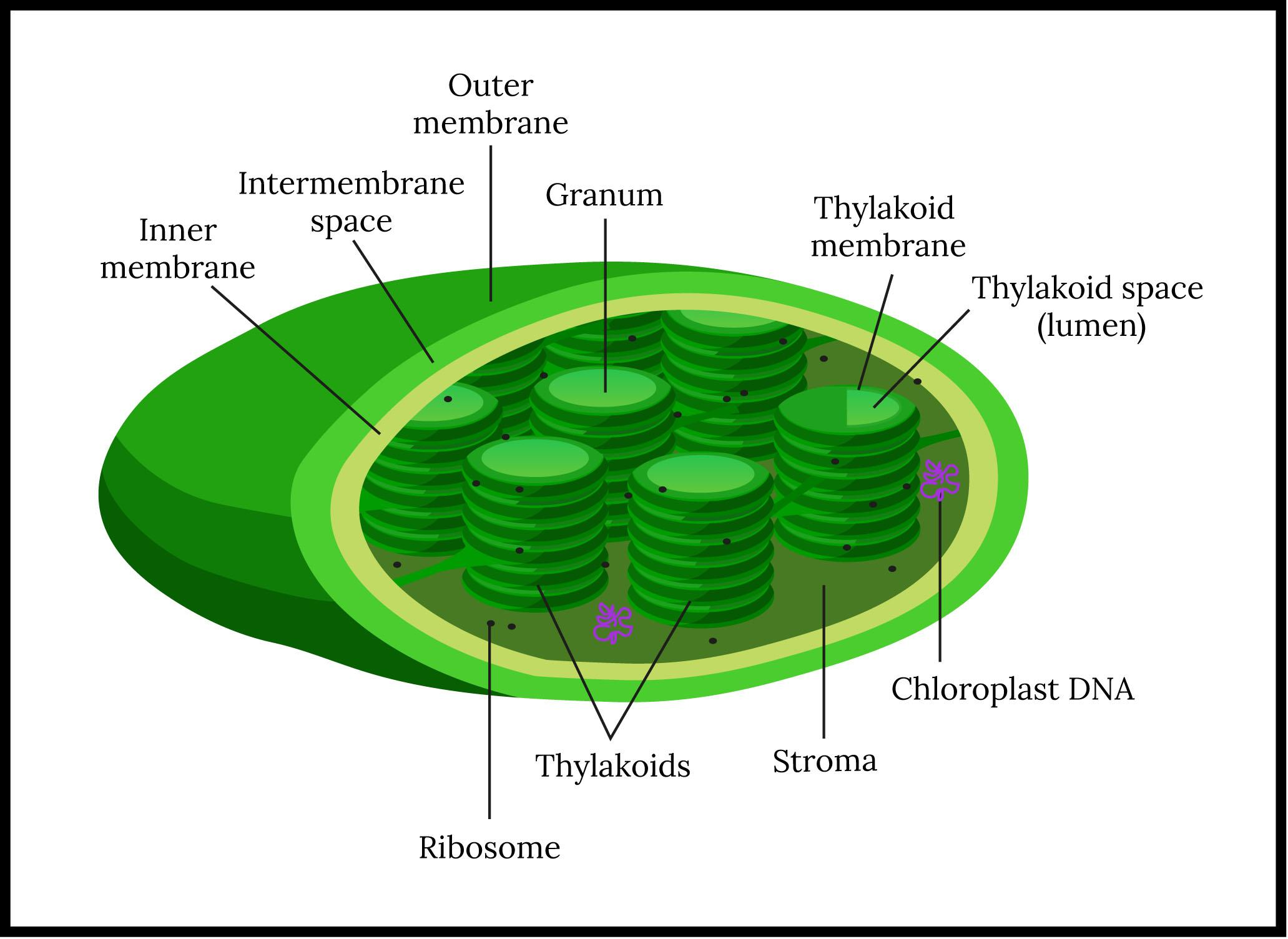Thylakoids Are the Sites of Light-Dependent Reactions in Photosynthesis
- Thylakoids are the site of light-dependent reactions, where sunlight is transformed into chemical energy in the form of ATP and reduced NADP.
- These reactions occur in three main steps:
- Photolysis of Water
- Synthesis of ATP by Chemiosmosis
- Reduction of NADP

Thylakoids are disc-shaped structures found within chloroplasts, organized into stacks called grana.
TipThink of thylakoids as miniature solar panels, capturing sunlight and converting it into usable energy.
Photolysis of Water Provides Electrons for PSII and Releases Oxygen
The process begins with photosystem II (PSII), a complex of proteins and pigments embedded in the thylakoid membrane.
How Photolysis Works
- Light Absorption: PSII absorbs photons of light, exciting electrons in a special chlorophyll molecule called P680.
- Electron Replacement: The excited electrons are transferred to an electron transport chain (ETC), leaving P680 oxidized.
- Water Splitting: To replace these electrons, water molecules are split in a process called photolysis: $$2\text{H}_2\text{O} \rightarrow \text{O}_2 + 4\text{H}^+ + 4\text{e}^-$$
- Oxygen Release: Oxygen is released as a by-product, while the electrons and protons are used in later stages.

Don’t confuse the oxygen released during photosynthesis with the oxygen in carbon dioxide. The oxygen produced comes entirely from water.
Where It Happens
- Photolysis occurs in the oxygen-evolving complex of PSII, located on the inner surface of the thylakoid membrane.
- The protons (H⁺) are released into the thylakoid lumen, contributing to a proton gradient.
- Imagine pouring water into a glass.
- The reason water forms droplets instead of spreading out like oil is due to hydrogen bonding.
- The molecules "stick" to each other, resisting separation.
Chemiosmosis Powers ATP Synthesis as Electrons Flow Through the ETC
Once the electrons leave PSII, they travel through a series of proteins in the electron transport chain, including plastoquinone (PQ), cytochrome b6f, and plastocyanin (PC).



